- Category
- Latest news
Russia Races to Build Ivan Rogov, Its Largest Black Sea Warship, in Occupied Crimea
-cbaf94be5834eddbff24ede83ab2b5ab.jpg)
Russia is making progress on one of its two Project 23900 Ivan Rogov-class amphibious assault ships, promoted as the most powerful vessels ever intended for the Black Sea Fleet. However, the project remains behind schedule, according to a report by the Ukrainian military outlet Defense Express on April 3.
Recently released satellite imagery reveals the state of construction on the lead vessel, Ivan Rogov, at the Zaliv shipyard in Russian-occupied Kerch. The images confirm significant advancements in the ship’s structure compared to earlier satellite snapshots from July 2024, when its hull was still in the early stages of assembly.
Russian engineers have made notable progress in under a year, but the vessel is still far from completion.
Russia’s Biggest Warship in the Black Sea
The Ivan Rogov-class amphibious assault ships, originally laid down in July 2020, are the largest of their kind ever built for Russia’s navy. Each vessel is designed to carry up to:
15 helicopters (Ka-29 transport/attack helicopters and Ka-52K assault helicopters)
900 marines
75 armored vehicles
Three landing craft for amphibious operations
The ships have an estimated full displacement of 30,000 tons, making them significantly larger than the 186-meter, 11,490-ton cruiser Moskva, which was the most powerful ship in Russia’s Black Sea Fleet before being sunk by Ukrainian forces in 2022.
The Project 23900 vessels were developed as Russia’s domestic replacement for the French-built Mistral-class amphibious assault ships, which Moscow had initially intended to acquire before the deal was canceled in 2014 due to international sanctions following the start of the Russian invasion of Ukraine in 2014.
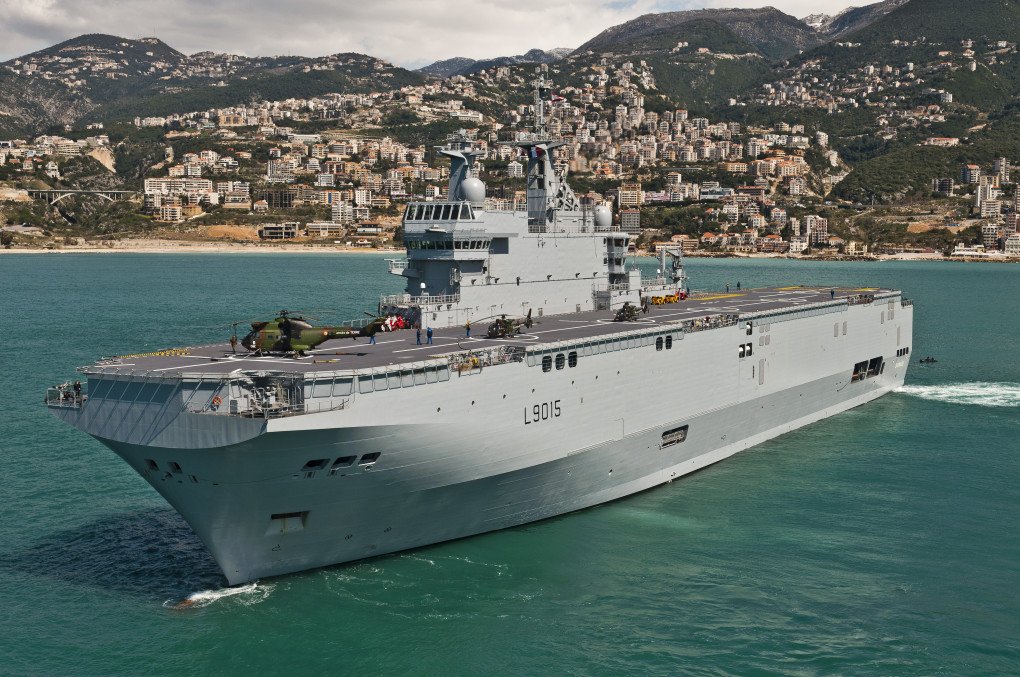
The Ivan Rogov-class ships are designed for large-scale amphibious operations, troop transport, and air support, with advanced command-and-control capabilities. They will also have docking facilities for small landing boats and drone operations.
Russia originally planned to commission Ivan Rogov by 2025, but persistent delays have now pushed sea trials to at least 2029. Even then, analysts suggest the project could suffer further setbacks.
Meanwhile, the fate of the second ship in the class, Mitrofan Moskalenko, remains unclear, with no significant updates on its construction progress.
The delay raises doubts about Russia’s ability to complete both ships as originally envisioned, especially given ongoing economic struggles, supply chain disruptions due to sanctions, and the depletion of resources caused by its war against Ukraine.
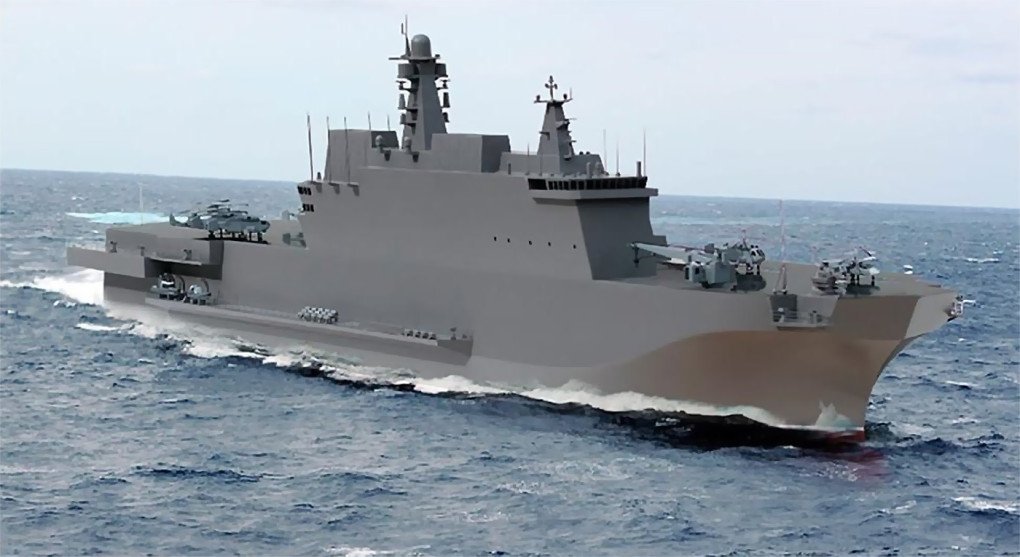
The warship’s ability to launch large-scale amphibious operations, deploy aerial support, and coordinate drone warfare could pose a greater challenge for Ukrainian coastal defenses.
However, even if commissioned, Ivan Rogov is unlikely to operate near the front lines. Given Ukraine’s proven ability to target and destroy high-value Russian naval assets—such as the sinking of Moskva and multiple amphibious landing ships—Moscow may choose to keep the vessel stationed in Novorossiysk, Russia’s safest naval base in the Black Sea.

Despite setbacks, Russia remains committed to completing at least one of its Project 23900 assault ships, which would mark a major naval expansion in the Black Sea.
Whether Ivan Rogov will be completed as scheduled—or if it will remain another delayed project in Russia’s struggling defense industry—remains to be seen.
Earlier, a recently released satellite image from March 11, 2025, revealed the current state of Russia’s nuclear-powered battlecruiser Pyotr Velikiy (Project 1144 “Orlan”), which remains moored at the naval base in Severomorsk.
Once the flagship of the Russian Northern Fleet and the largest combat vessel in the country’s navy, the warship’s future remains uncertain.
Rumors about its potential decommissioning first surfaced two years ago, citing excessive wear and a dwindling operational lifespan. Notably, there have been no reports of the Pyotr Velikiy deploying to sea since the summer of 2023.
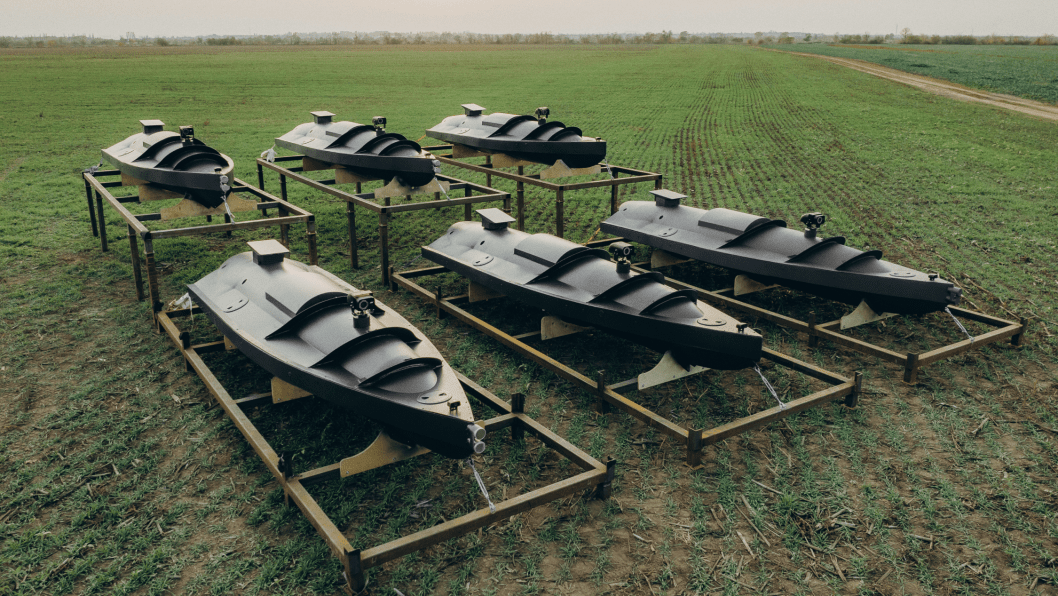

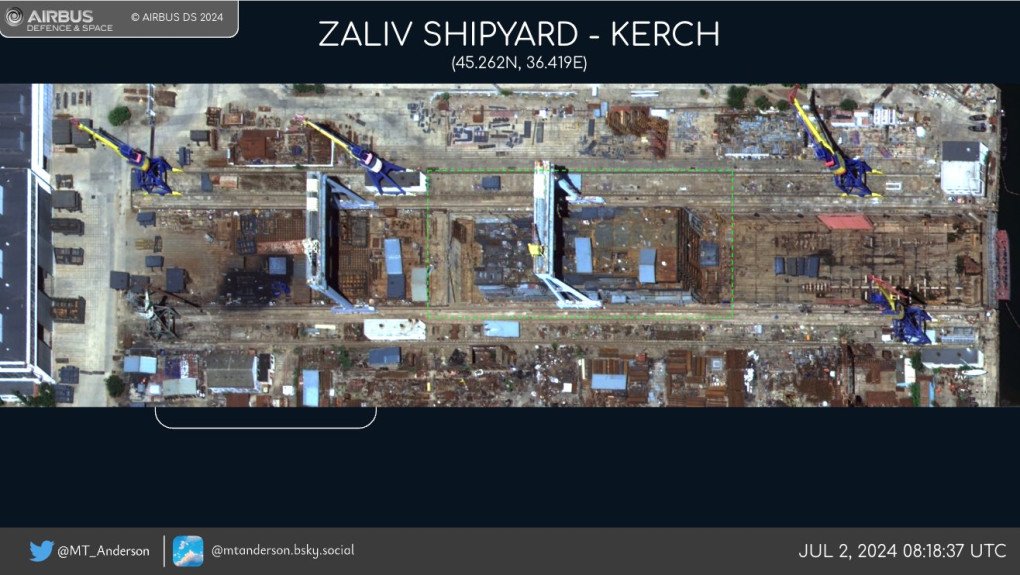
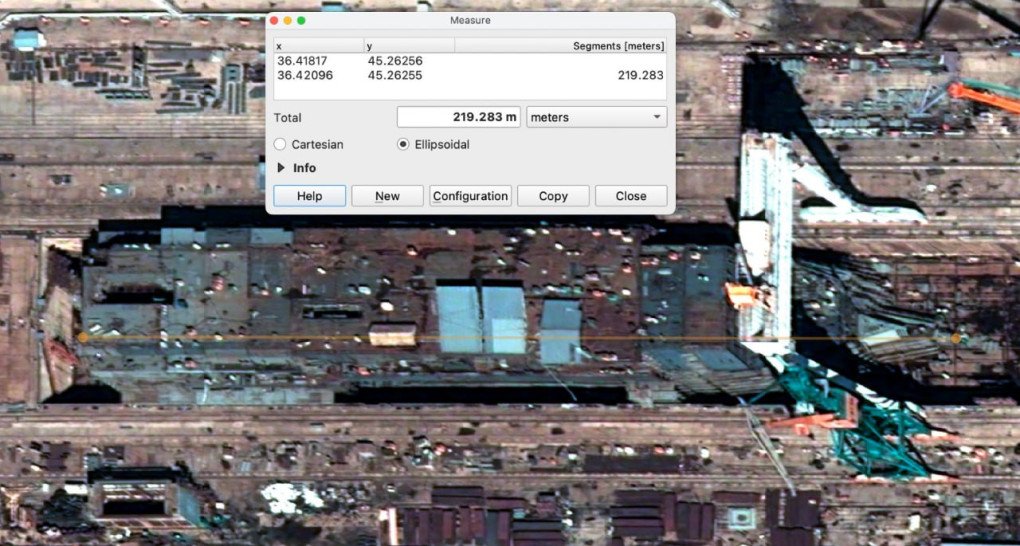



-72b63a4e0c8c475ad81fe3eed3f63729.jpeg)
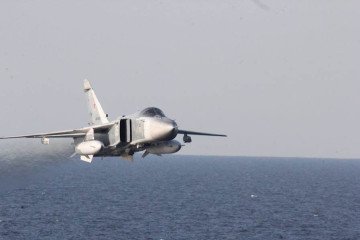
-111f0e5095e02c02446ffed57bfb0ab1.jpeg)
